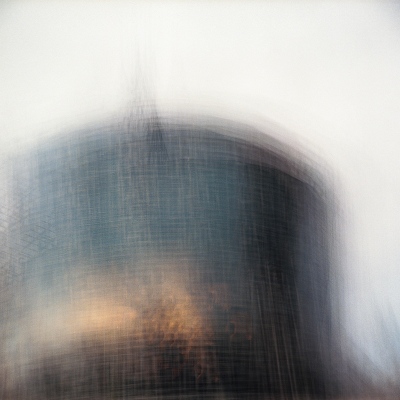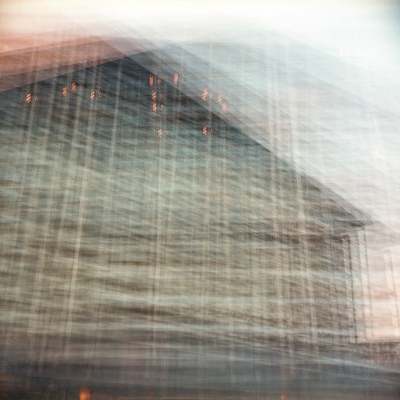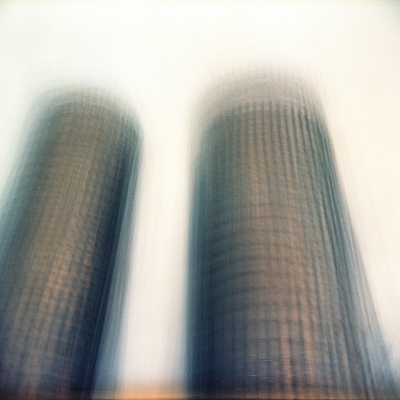-
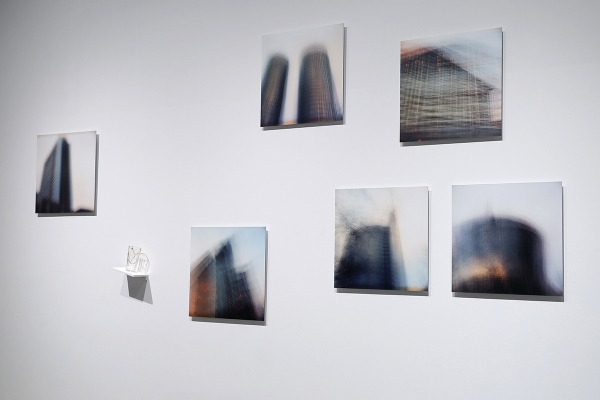
Installation view, Portable Landscapes at LNMA, April 2017

Installation view, Portable Landscapes at LNMA, April 2017
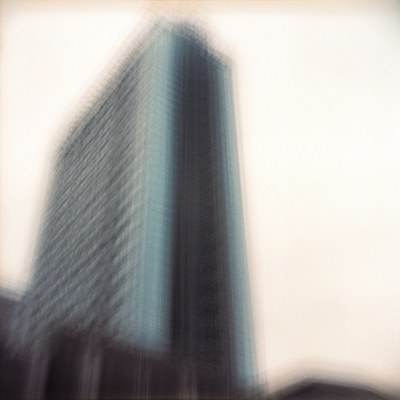
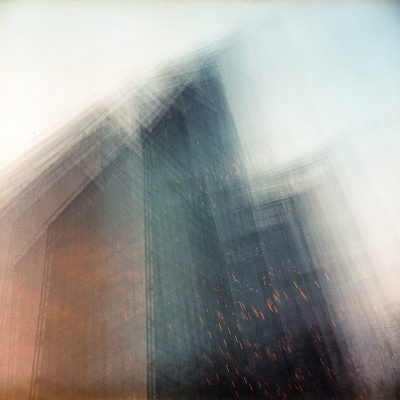
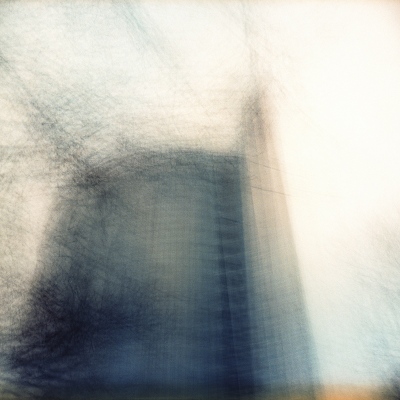
Polish Till No More Pain
Multi exposure photography, dibond 60 x 60cm, glass object 17 x 10 x 8,5 cm, gold, LNMA, Riga, Latvia, 2018
If we follow the flourishing of the construction of skyscrapers after the Second World War in the United States and subsequently in Europe, we can observe how they serve as symbols of prosperity and progress that are adapted to different political systems as needed. Registering the tall buildings constructed during the Soviet period and the verticals in the Skanste area and on the left bank of the Daugava, which almost robbed Riga’s Old Town of UNESCO World Heritage status around 2008, Erdmane sketches in the relationship between architecture and power.
-
